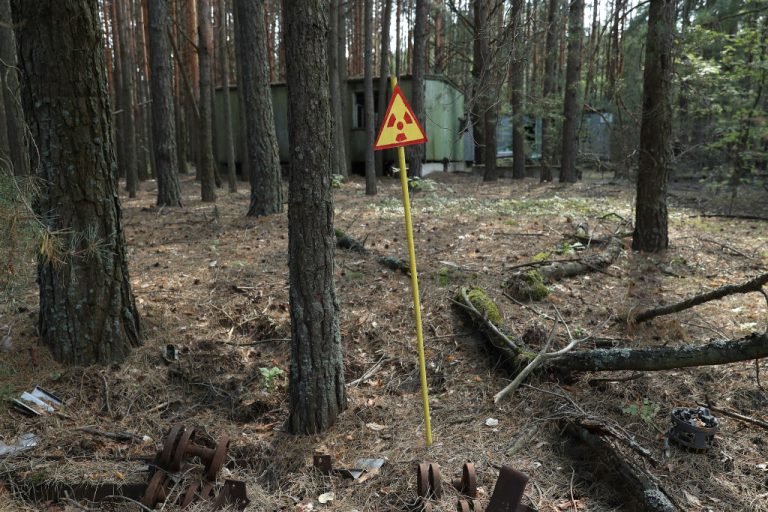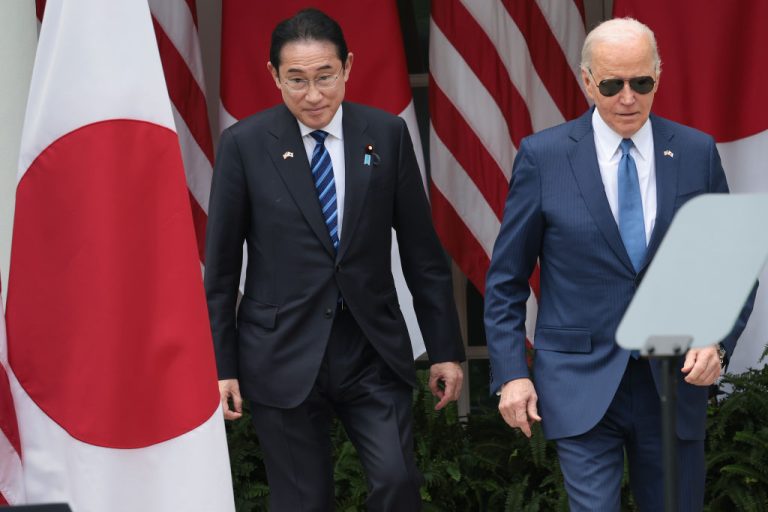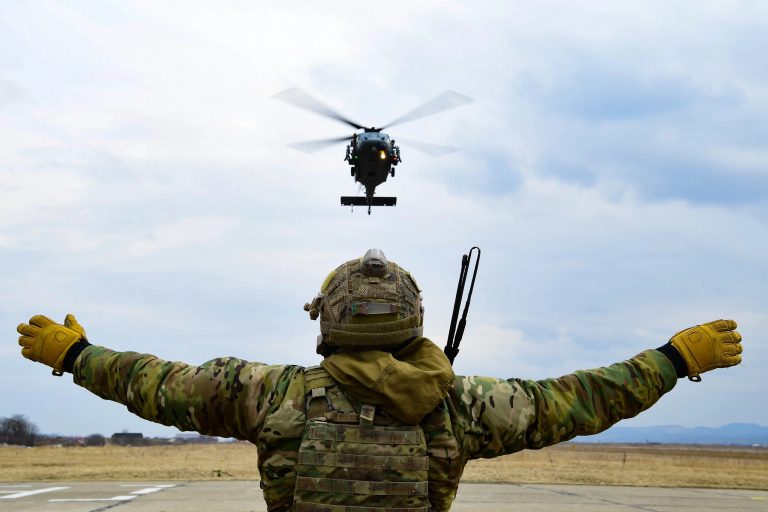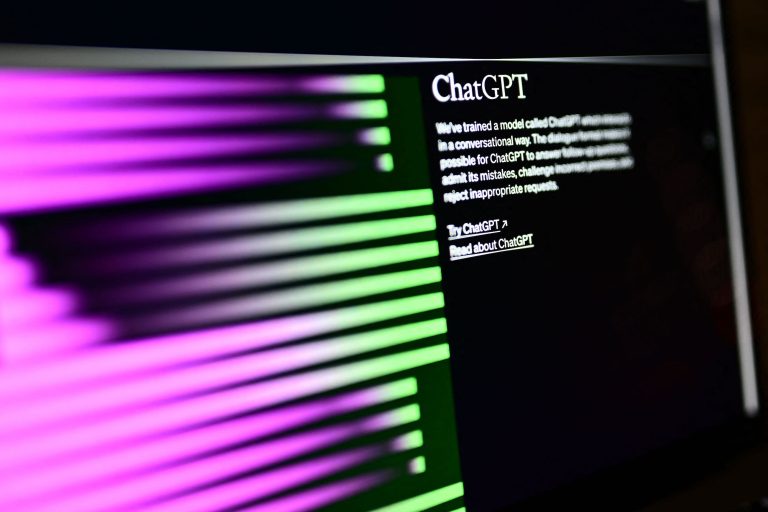The Biden Administration’s Department of Health and Human Services has spent $290 million securing supplies of a “drug for use in radiological and nuclear emergencies,” according to an Oct. 4 Press Release.
The drug is called Nplate and manufactured by Amgen USA Inc., which the HHS says “is approved to treat blood cell injuries that accompany acute radiation syndrome in adult and pediatric patients (ARS).”
The Release is not so subtle in admitting that the compound is meant as a prophylactic against a problem that would most likely only arise from either a nuclear strike or a nuclear meltdown.
It states that ARS is “also known as radiation sickness,” and explained the syndrome as “when a person’s entire body is exposed to a high dose of penetrating radiation, reaching internal organs in a matter of seconds.”
MORE ON LOOMING GLOBAL CONFLICT WITH RUSSIA
- Washington Further Provokes Moscow With Rumors of Pending Hellfire Missile Drone Sale To Ukraine
- Moscow Warns Washington Over Biden’s ‘Murderous Dictator’ Remarks Towards Putin
- Russian Media Rhetoric Points Nuclear Warning At Washington Over Ukraine Intervention
- EU Parliament Hears Beijing Has a ‘Red Line’ That Russia Should Not Cross
The specific symptom of ARS mentioned in the article is “impaired blood clotting as a result of low platelet counts, which can lead to uncontrolled and life-threatening bleeding.”
Success
You are now signed up for our newsletter
Success
Check your email to complete sign up
Nplate’s purpose is to stimulate platelet production in both adults and children, and is also prescribed to those suffering from immune thrombocytopenia.
The HHS stated the deal was part of the government’s “long-standing, ongoing efforts to be better prepared to save lives following radiological and nuclear emergencies.”
The release also states that Nplate was specifically developed “with support” from the NIH, NIAID, and the HHS’s Biomedical Advanced Research and Development Authority (BARDA).
Media outlets such as the UK’s The Telegraph framed the purchase as if it came in response to nuclear rhetoric from Russian Federation President Vladimir Putin.
In an Oct. 3 address to the Russian people on the topic of the referendum-triggered annexation of portions of Eastern Ukraine, Putin breached the topic of nuclear warfare when he stated, “The United States is the only country in the world that has used nuclear weapons twice, destroying the cities of Hiroshima and Nagasaki in Japan.”
“And they created a precedent,” the President stated.
Putin continued, “Recall that during WWII the United States and Britain reduced Dresden, Hamburg, Cologne and many other German cities to rubble, without the least military necessity. It was done ostentatiously and, to repeat, without any military necessity.”
And concluded his point by stating, “They had only one goal, as with the nuclear bombing of Japanese cities: to intimidate our country and the rest of the world.”
The situation between Russia and NATO is tense, and can only be described as brinkmanship.
The same day, a train and freight convoy allegedly belonging to the 12th Directorate of the Russian Ministry of Defense — responsible for the country’s nuclear munitions and transport thereof — was recorded heading through Russia towards the front lines of the war in Ukraine, according to a Telegram post, The Telegraph reported in a second article.
Yet the article also contained the crucial caveat from a Poland-based expert interviewed that “the video in no way shows ‘preparations for a nuclear release.’”
According to The Telegraph, an HHS spokesperson interviewed passively denied the purchase had anything to do with rapidly intensifying geopolitical risks, stating only, “This is part of our ongoing work for preparedness and radiological security. It has not been accelerated by the situation in Ukraine.”
In a breakdown of Nplate for sufferers of immune thrombocytopenia, the Chemocare website explains the drug is administered via subcutaneous (between the skin and muscle) injection and brings with it one common side effect as serious as coughing up blood.
Less common side effects include upper respiratory infection and joint, muscle, and abdominal pain.
“Another side effect that is uncommon, and likely occurs in less than 10% of patients treated with Nplate is bone marrow fibrosis,” the article reads.
So, how much does Nplate cost? According to an article in Medscape, the drug, which goes by the generic name romiplostim, rings up $1,062.50 for a single use 250 ug vial.
“Most patients who respond to romiplostim will require a dose of < 250 µg, making the extrapolated drug cost for weekly dosing for one year approximately $55,250,” authors stated.















